Treatment eases fragile X symptoms in flies, mice
Blocking an enzyme involved in learning and memory corrects brain abnormalities and improves memory in fly and mouse models of fragile X syndrome.
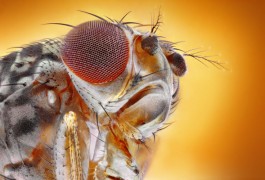
Blocking an enzyme involved in learning and memory corrects brain abnormalities and improves memory in fly and mouse models of fragile X syndrome.
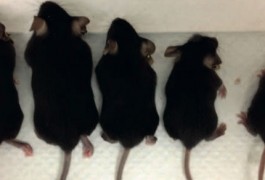
The autism-linked gene AUTS2 activates a group of genes that may be important for early brain development. The findings, published 18 December in Nature, hint at AUTS2’s potential role in autism and other developmental disorders.
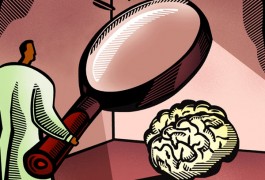
Names such as autism, schizophrenia and intellectual disability are ‘umbrella’ terms that muddy the search for the true cause of an individual’s symptoms, says Eric London. He plans to come up with an alternative diagnostic scheme for developmental disabilities over the next two years.
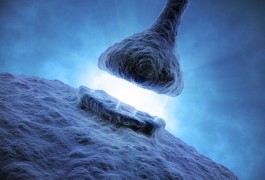
Researchers have for the first time isolated and characterized protein complexes found at the points of connection between neurons. Mutations in some of these proteins are linked to autism.
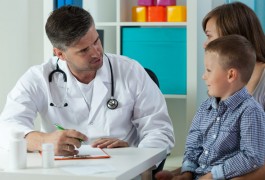
Getting to a diagnosis of autism or another neurodevelopmental disorder is a long and frustrating experience for some families — especially when it comes to finding the underlying genetic cause. DNA sequencing could ease this arduous journey.

Researchers are taking a second look at dozens of autism candidate genes, sequencing them in thousands of individuals to bolster the evidence linking them to autism.
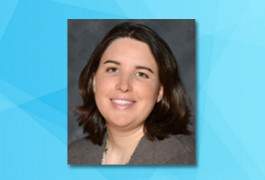
Adapting traditional tests of intelligence for people with intellectual disability can deflate their scores over time. Somer Bishop calls for tests that more accurately assess intelligence in this group.

Each child with autism is different from the next. One approach rapidly gaining momentum makes sense of this diversity by grouping children together based on their genetics, then looking for patterns in their symptoms. The long-term aim: personalized treatments for each subtype of autism.
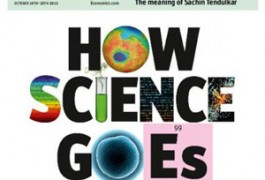
Leaders from the National Institutes of Health and Nature Publishing Group say an array of simple reforms can boost the reliability of research findings. Their suggestions spurred a lively audience discussion yesterday at the 2014 Society for Neuroscience annual meeting in Washington, D.C.
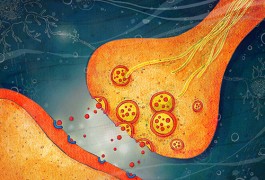
Lowering the levels of a certain ion channel reverses autism-like behaviors in a mouse model of fragile X syndrome, according to unpublished results presented yesterday at the 2014 Society for Neuroscience annual meeting in Washington, D.C.